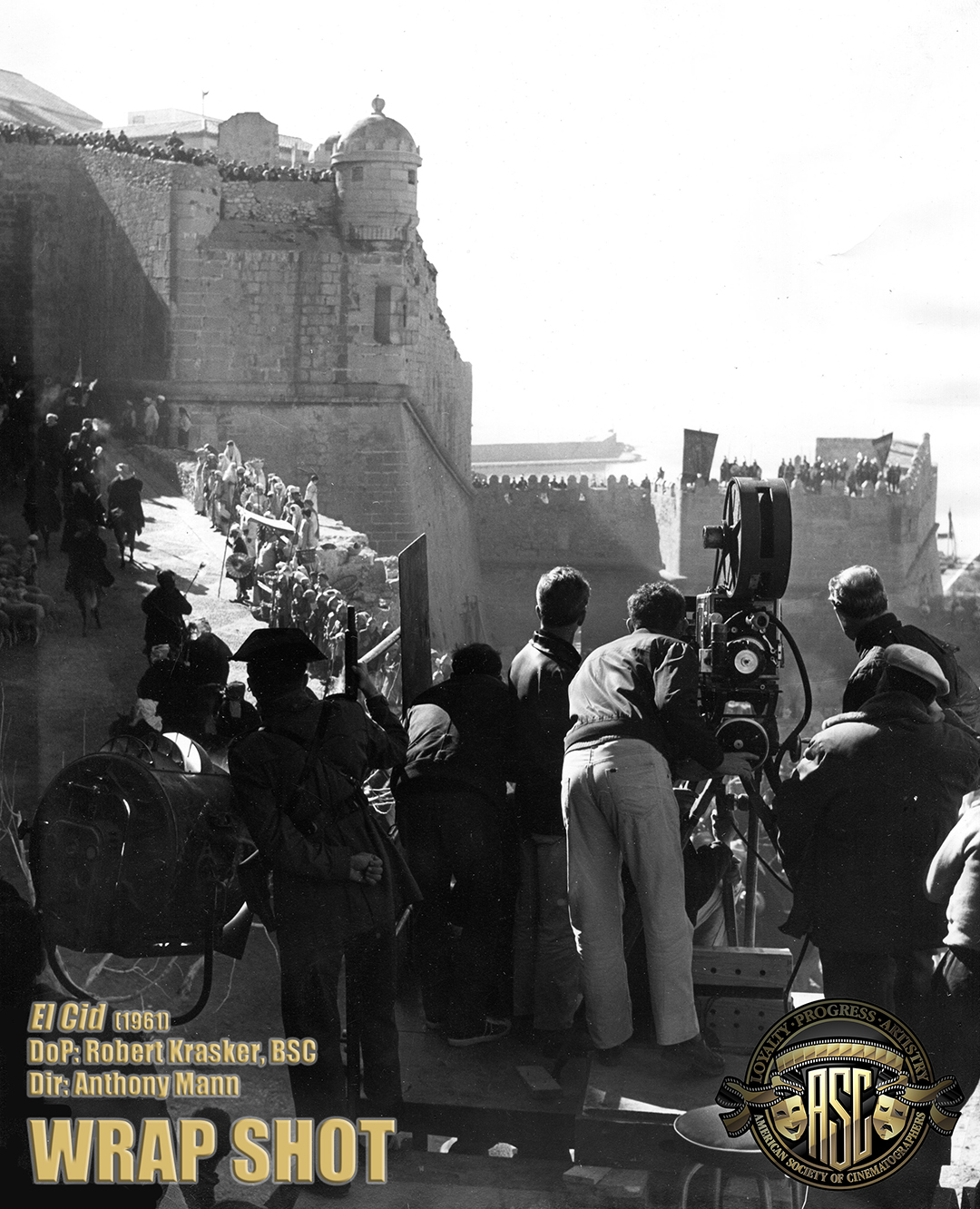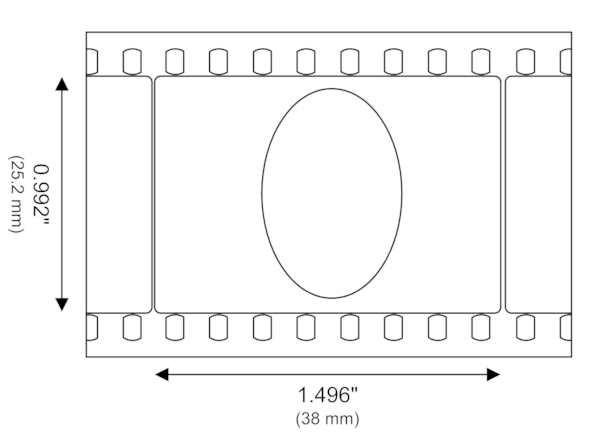
Wrap Shot: El Cid
Robert Krasker, BSC shoots this lavish period epic for director Anthony Mann in Super Technirama 70.
During the 1950s and ’60s, the television and motion picture industries waged a furious war over the all-mighty audience share. To combat the lure of the small screen, Hollywood studios brought out some big, impressive guns. Colossal productions came into vogue, with such films as Ben-Hur (1959), Spartacus (1960) and Lawrence of Arabia (1962) taking advantage of a variety of new widescreen/large-format technologies — MGM’s Camera 65, Super Technirama 70 and Super Panavision 70, respectively — to convince moviegoers that bigger was indeed better. (Learn more here).


Here’s an epic production still from El Cid (1961), one of the most enjoyable of these lavish spectaculars (see full coverage in AC Jan. 1962).
Directed by Anthony Mann, and starring Charlton Heston as the legendary 11th-century leader who ousted the Moors from Spain, the $7 million production was beautifully photographed in Super Technirama 70 by Australian-born cinematographer Robert Krasker, BSC.
Technicolor’s Technirama cameras were modified versions of their old three-strip color units. With their 8-perf horizontal film movements, 1.496" x .992" film area (twice as large as CinemaScope’s) and 2,000' magazines, the cameras utilized 35mm stock in a manner almost identical to the Technicolor/Paramount VistaVision process. In fact, some VistaVision units (built by Mitchell Camera Corporation) were also converted for Technirama use.

Despite these similarities, however, the two formats were quite different. VistaVision offered impressively high-resolution images, but its 1.96:1 aspect ratio was hardly “wide” — and only possible when footage was properly (and rarely) screened with a VistaVision projector. (Extraction 35mm prints were generally released in 1.66, 1.75 or 1.85:1.)
With the additional use of a taking lens with 1.5:1 compression to squeeze more information into the negative, Technirama could be transformed into either very high-quality CinemaScope/Panavision-compatible 2:1-compressed 35mm anamorphic reduction prints (by taking advantage of an extra 1.33 squeeze in the optical step), or a 2.2:1 aspect ratio (when unsqueezed and printed directly to 70mm, a.k.a. “Super Technirama 70”).
The Technirama camera seen at work on El Cid above is a retrofitted Technicolor three-strip unit (built by Mitchell) featuring a vertical coaxial magazine. The cast and crew is on location at the authentic 11th-century site of Peñiscola, an ancient walled city on the Spanish Mediterranean coast.
Aiding Krasker on the show was Manuel J. Berenguer, ASC, who headed up the second unit and handled similar duties on such films as Doctor Zhivsago and Nicholas and Alexandria.






